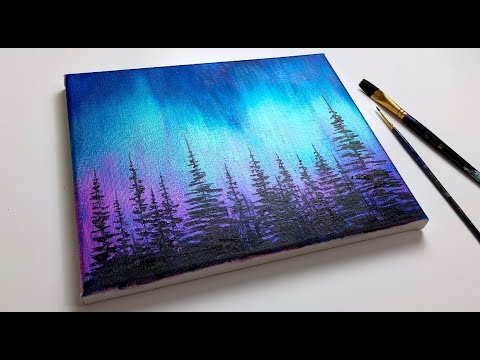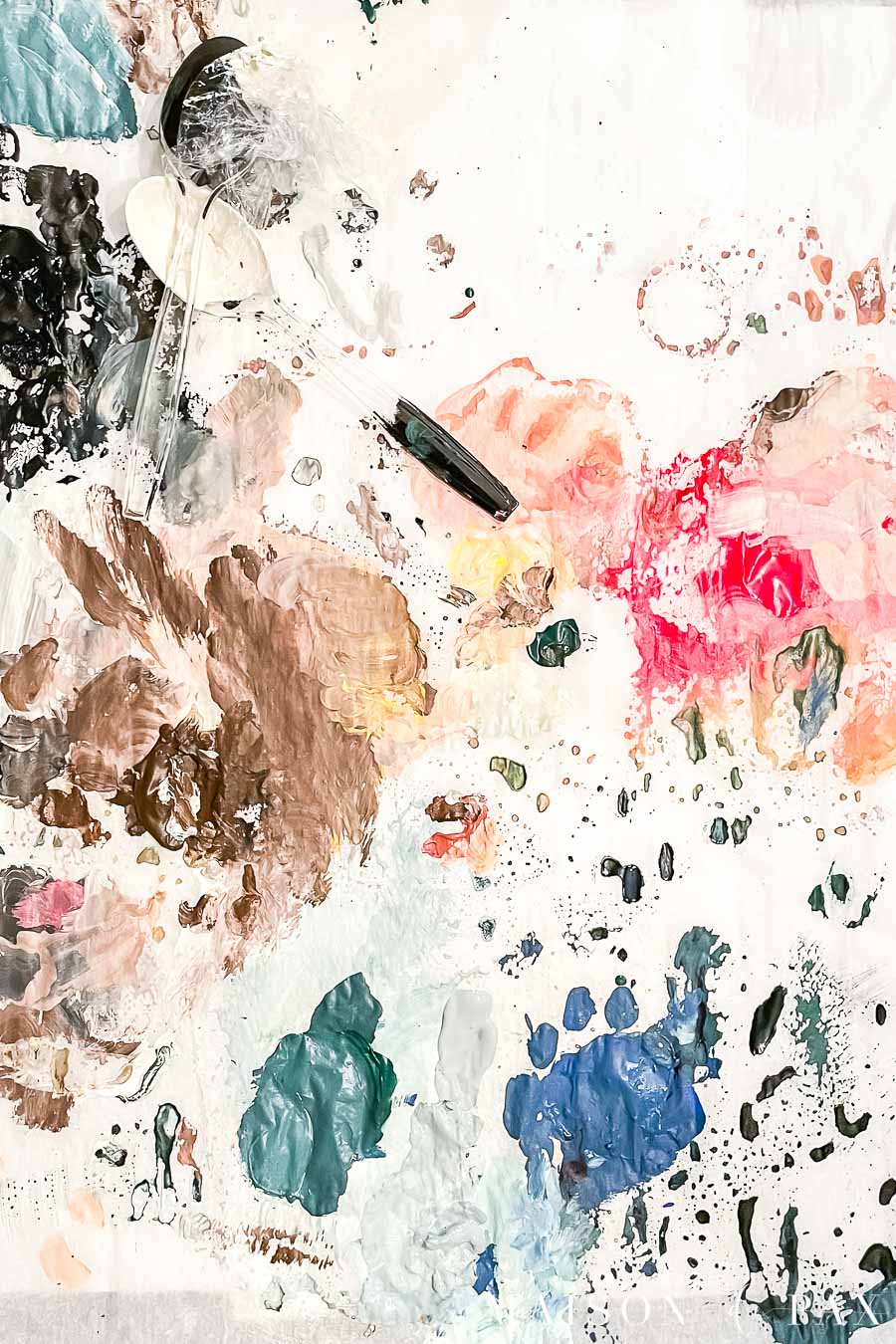Unleashing Your Inner Artist: A Beginner's Guide to Painting
"A picture is worth a thousand words," and sometimes, a single stroke of a brush can convey a whole universe of emotions. Painting is a beautiful journey, a path to self-expression, and an amazing way to relax. Whether you're looking for a new hobby or wanting to explore your creative side, this guide is your starting point!
Picking Your Paintbrush Palette

Source: thecraftaholicwitch.com
Choosing your colors is the first big step, and honestly, it's like selecting a great playlist – you want colors that bring you joy!
Acrylics vs. Oils vs. Watercolors
- Acrylics: Fast-drying, great for beginners, versatile ( you can use them on almost anything).
- Oils: Slower drying time, amazing detail but can be pricey. Great for realistic paintings.
- Watercolors: Amazing transparency (see-through colors) but very delicate, need a careful touch.
Which is best for you? (consider factors)
| Feature | Acrylics | Oils | Watercolors |
|---|---|---|---|
| Drying time | Fast | Slow | Quick (if thin) |
| Versatility | Excellent | Excellent | Moderate |
| Cleanup | Easy | Trickier | Moderate |
| Cost | Affordable | High | Affordable |
Important questions:
- How much time do you have for a painting? ( Acrylics might suit busy schedules)
- What kind of colors and feel do you want? ( Oils maybe great if realism draws you!)
Choosing Your Brushes
- Size: Vary the sizes to experiment with blending ( thick to thin )
- Shape: Round for smooth strokes, flat for broad washes, fan for mixing and smoothing colors.
Pro tip: Don't be afraid to try different sizes and shapes. ( you might get to like that rounded pointy one instead of just flat )
Preparing Your Workspace
A well-organized workspace helps your painting to flow seamlessly ( it keeps you from frustration!)
-
Clean surface: Choose a place without distractions. ( like the desk)
-
Protective layer: Protect your table with old newspapers or paper, or plastic sheets.
-
Everything organized: Make a painting corner that is easily accessible for your paints, brushes and all necessary tools
Mastering the Fundamentals
Let's look at some simple, crucial concepts.
Getting to know Your Brushes: The art of brushstrokes ( The heart and soul of painting!)

Source: thehowtomom.com
- Thin strokes: A subtle expression for details, or delicate brushwork
- Bold strokes: Power and emotion. (great for making strong impressions and texture)
Mixing colors like a Pro
Color mixing is fun! Combining primary colors create new hues (a range of a specific shade ) and nuances!
(Primary colors : red, blue, yellow). (Experiment with how they combine for interesting shades)
Blending Techniques: Smooth Colors. Smooth Strokes
Blending involves smooth transitions between shades of color. Blending is crucial in almost every type of art ( especially painting.)
Basic Painting Techniques
Brush Strokes for Beginners
-
Stippling : Dots!
-
Dabbing : Using brushes to tap out color on the canvas ( use a varied blend )
-
Wiping: Use wet or slightly damp paper to push or pull colors together ( get to understand layering).
Reviews on Techniques:

Source: ytimg.com
Student comments on these strokes show, Stippling works to develop amazing detail. Wiping works as an effective and simple way to add special textures, while Dabbing is suitable for creating smooth color washes.
Layering Colors for Depth
Start with a base color (background), adding layers of other colors. It is the best way to show how light falls and builds up details to paint scenes with impact.
"First, lay the groundwork, and the structure ( you add elements by layer)."
From Basic to Advanced
Don't stop there, let your artistic curiosity grow!. Once you get a grip on these foundations, consider techniques for shading, light, and value:
- Shading: Using different tones of color for an illustration
- Light & Shadow: To convey form, mood ( consider light/shadows, it dramatically effects our work!)
- Value: Represents levels of light & shadow
- Color Perspective Use complementary and analogous colors. They produce wonderful effects.
Advice from artists: Practice every day to gain proficiency with painting techniques. Consistent practice leads to skills and helps develop an eye for creative nuances and forms
Building Your Style
This part is all about experimenting, developing a unique voice, and having the courage to play!
Your unique personality should appear in your work. (Think about the colors and patterns that attract you. They make your art distinctive).

Source: maisondepax.com
Learning Through Copying ( The Art Of Copying, Is Amazing)
Look at how the masters paint. Find subjects you love, from nature to still life or people. ( Look closely to find similarities with your painting techniques. Copy works for an amazing exercise! )
Avoiding Common Pitfalls
Persistence and patience is necessary ( Be confident, everyone start somewhere!)
-
Don't give up! Experiment! ( you can use a sketchbook.
-
Compare your painting and studies with others!. What are your likes, dislikes?, identify a creative vision in your work!
-
Keep trying!. It takes courage!

Source: ytimg.com
Show Your Artwork
It helps to connect with others (sharing can lead to collaborations!) (Post your artwork, whether you love painting abstract shapes, still lifes, portrait studies etc)
Conclusion ( Be proud of your progress! )
Start with simple brushstrokes and layers! You create an impact with your artistic expressions. Enjoy every brushstroke on your journey!
**(Remember to take inspiration from the great works you see and feel free to take things in the art that is most personal and appealing to you). ** ( You can share your creations via social media)
